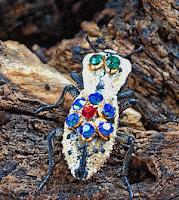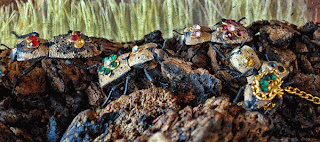 |
| How many gramos? |
House sitting in a foreign country
has a variety of challenges. Not least among them is shopping for
groceries. We have been in Merida, Mexico
for two weeks now and have been trying out the different local markets, mostly
buying fruits and vegetables which only keep a couple of days in this
climate. These markets are not
traditional stores as we think of them, but groups of vendors in an open air
setting, mixed in with little stands selling cooked foods, flowers, meat and
poultry, and tortillas.
Tortillas, one of the typical
Mexican staple foods that we enjoyed in the US are purchased daily here, fresh
and so hot you can’t hold them in your hand.
In the US we bought them off the supermarket shelf in a plastic bag by
the dozen. In Mexico, things are sold by
the kilogram which is 2.2 lbs. Can you
imagine how many tortillas there are in 2.2 pounds? Well, we found out. It’s a lot. More than we could eat in a week,
maybe even two weeks.
 |
| Making tortillas |
In our defense, we are from the
United States. You know, the country
that refused to switch to the metric system that the rest of the world
uses? So we’re often confused, quickly
trying to convert ounces and pounds, to grams and kilograms. And, although we
are learning Spanish, we easily get flustered when we’re actually called upon
to speak it, so we tend to nod a lot and make silly hand motions trying to indicate
things like quantity. So that’s how we
ended up with a 12” stack of tortillas. (Okay, it was a 30 centimeter stack of
tortillas!)
The next time we went to the market
we kept an eye on the locals, listened to what they ordered, and learned from
them. "Doscientos gramos tortillas
por favor" (200 grams) and we were on our way, feeling quite proud, with a
little over a dozen, fresh off the griddle, mouthwatering tortillas.
Now, if we could just figure out
what to do with those 3 kilos of peanuts….


















